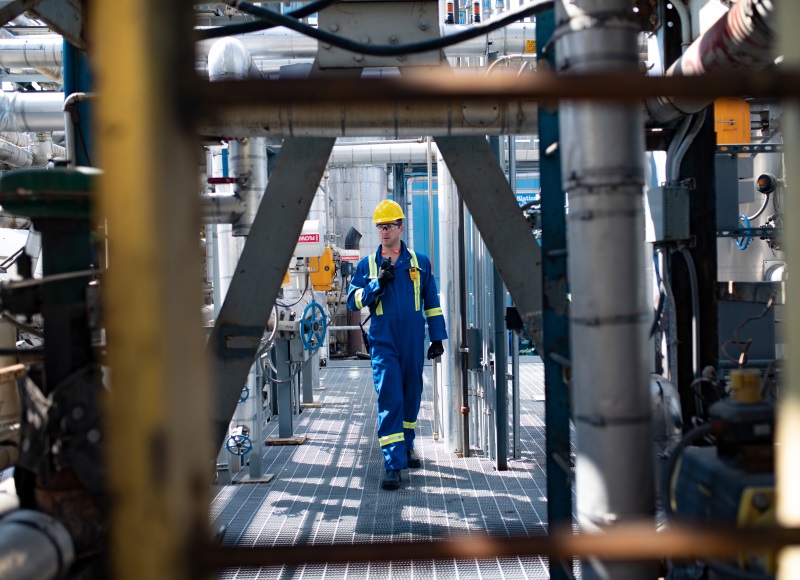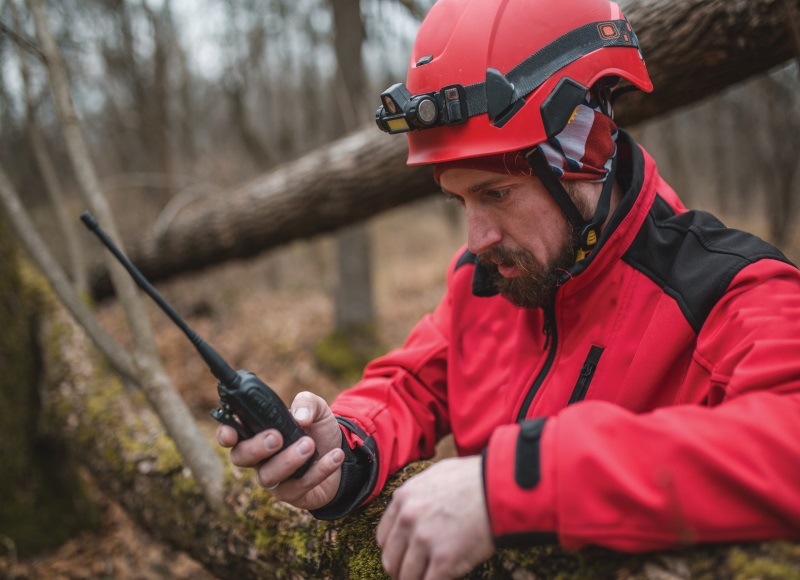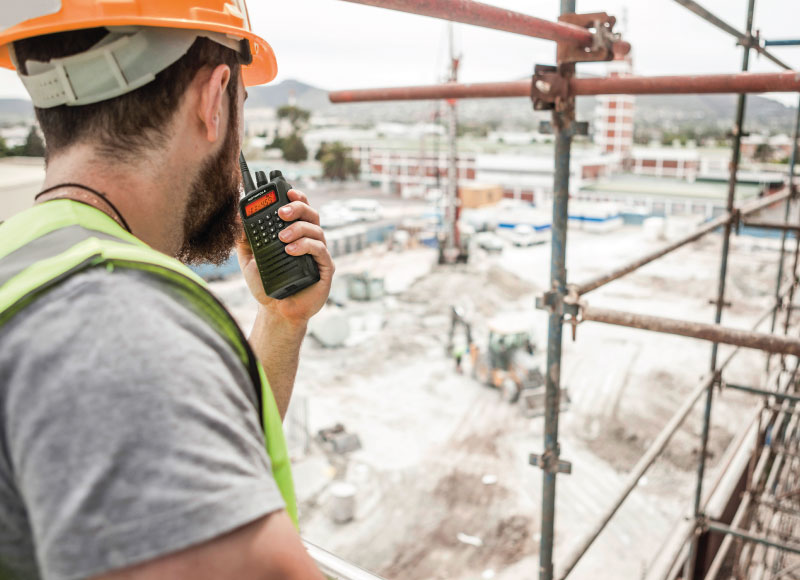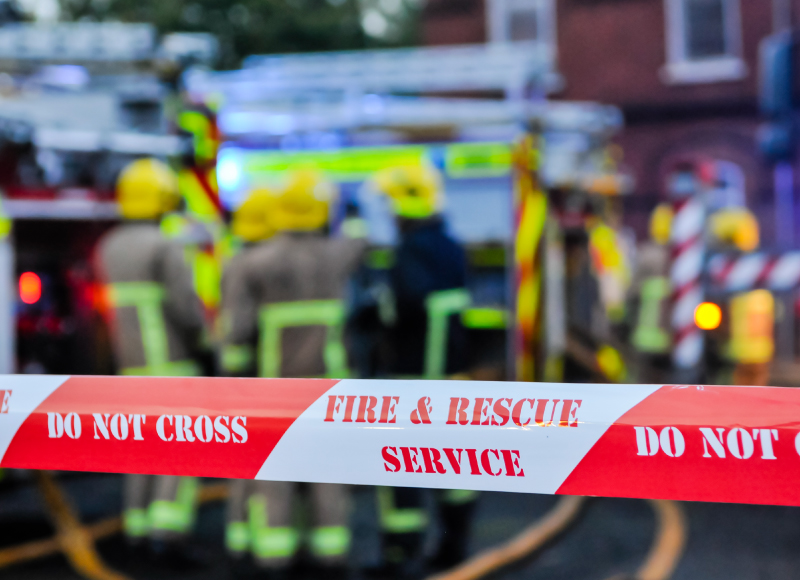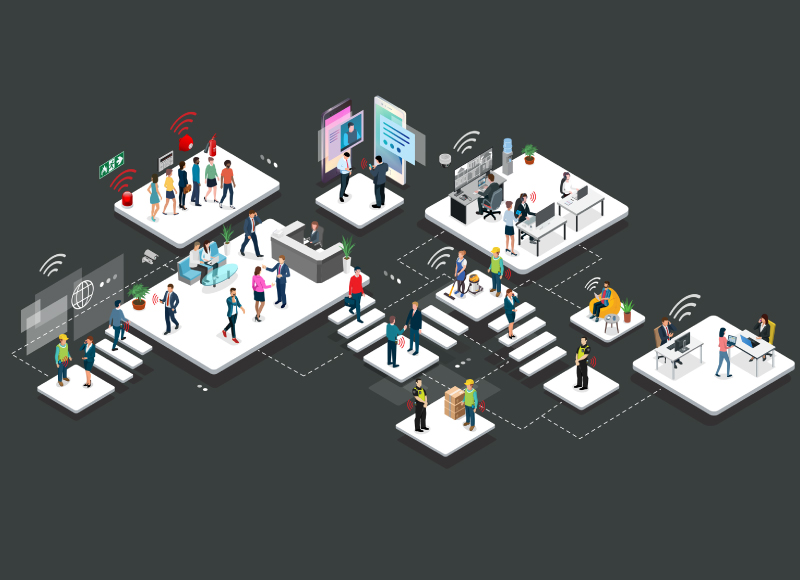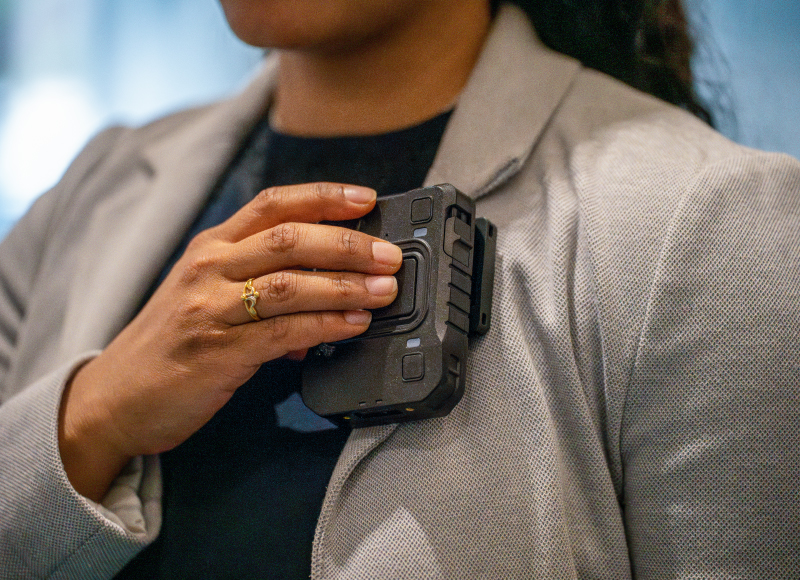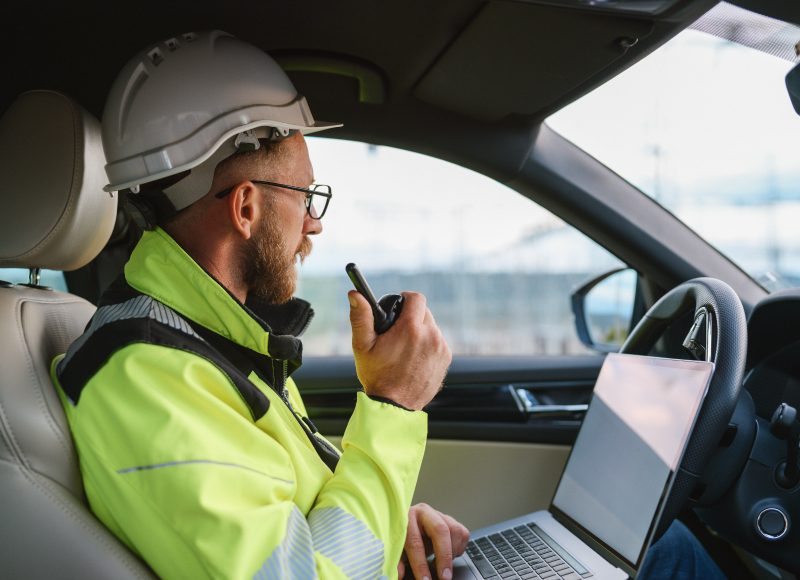Radiocoms Blog.
Here at Radiocoms, we are passionate about sharing our knowledge to help support you in gaining valuable insights and guidance on the latest communications technologies,
industry views, future possibilities, and trends. Our blog is regularly updated, take a look.
Need service or support?
Talk to an expert >
The UK’s lone working legislation explained
Lone workers are people who work on their own without “close or direct supervision.” This means that they are exposed to a higher level of risk, and the UK’s lone working legislation provides guidelines on employers’ responsibilities towards lone workers.
What is the purpose of body-worn cameras?
A body-worn camera is a compact wearable device that captures and transmits both sound and video information. This means that when the footage it captures is viewed, whether in real time or after the situation, there is strong evidence showing what occurred. In some environments, body-worn cameras can be integrated with CCTV and two way radios to trigger an emergency recording. The purpose of body-worn cameras varies slightly from sector to sector, so we’ll examine some examples to demonstrate its uses.
Our guide to lone worker safety
Lone workers are people who cannot be seen or heard by colleagues or supervisors. While they work, there is no direct supervision. In addition to injuries or illness, lone workers can also fall victim to violence. It is estimated that there are between 123 and 205 assaults every day on lone workers. Lone worker safety is of concern, because nobody else is present to help them and other people are not aware of any crises they may encounter.
Prioritising health and safety: the need for a proactive approach in today’s workplace
When it comes to health and safety in the workplace, being proactive is key. Rather than waiting for accidents to happen or hazards to arise, taking a proactive approach can help prevent injuries, protect employees, and create a safer work environment overall. In this blog post, we’ll explore the importance of a proactive stance on health and safety, as well as discuss strategies for identifying and addressing potential risks before they escalate.
Our brief guide to construction site safety
In this brief guide to construction site safety, we provide a broad outline of the basic principles of construction site safety and the important role that communication plays in it.
How to support difficult evacuations with Rob Horton, Staffordshire Fire & Rescue Service
To meet today’s challenges, fire and rescue services must evolve. Read how to support difficult evacuations with Rob Horton, Staffordshire Fire & Rescue Service in our blog post here.
Best practices and considerations for implementing a dispatcher system
Implementing dispatcher systems requires careful planning and consideration to ensure successful adoption and utilisation. This blog post provides best practices and considerations including: assessing current processes, setting clear objectives, involving key stakeholders, planning for training and support, and monitoring and evaluating performance.
Are your voice communications and data safe from cyber attacks?
As the digital landscape continues to evolve with data applications and cloud-based solutions, organisations must prioritise the protection of their sensitive information from potential breaches. In the article we explain the different levels of encryption and how to protect your organisations two way radio and BBPTT systems against cyber attacks.
A guide to streamlining operations and enhancing safety with dispatcher software
Is your organisation dealing with budget constraints, slow technology adoption, and outdated software systems? Are you struggling to address security incidents and effectively communicate across devices? In this blog post, we will discuss the advantages of dispatcher software with real-life examples of how it has helped organisations improve safety and productivity.
Key considerations for selecting the perfect software application bolt-ons
Enhance your two-way radio or BBPTT system with the perfect software application bolt-ons. Discover key considerations for selection, including evaluating communication needs, compatibility, user-friendly interfaces, scalability, and training/support. Improve productivity, efficiency, and safety in your organization. Get expert insights and guidance.
What are the data protection restrictions for body worn cameras in the UK?
Body-worn cameras are gaining popularity across sectors like healthcare and security, offering audio and video recording to enhance safety. Yet, they pose privacy issues, prompting the UK to implement data protection rules. We’ll examine these restrictions and their impact on users in this blog.
How can the energy sector take advantage of automation?
With the energy sector constantly evolving, companies are seeking innovative solutions to remain competitive in today’s market. Automation has opened up a world of possibilities, propelling businesses towards a future where safety, efficiency, and cost-effectiveness are paramount.
Let’s start a conversation
Partner with Radiocoms to develop a voice, video & data
communication system that unifies your workforce.
